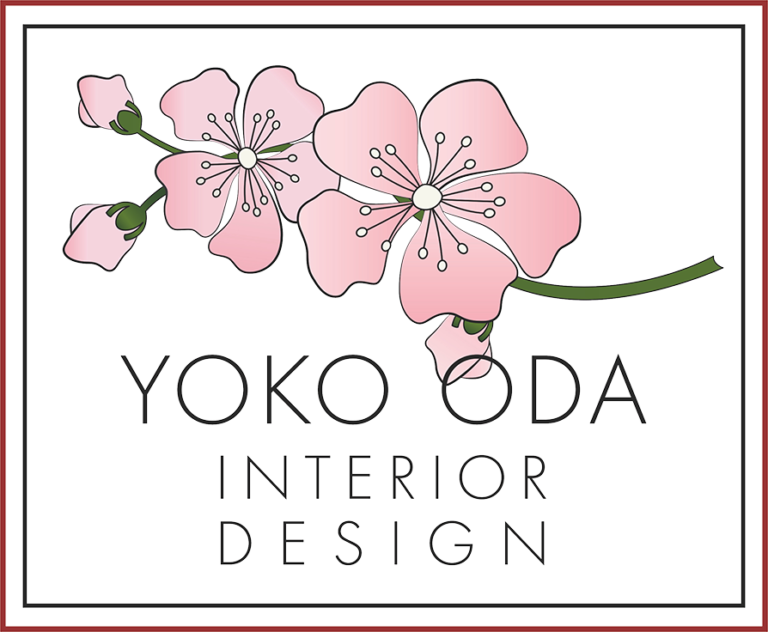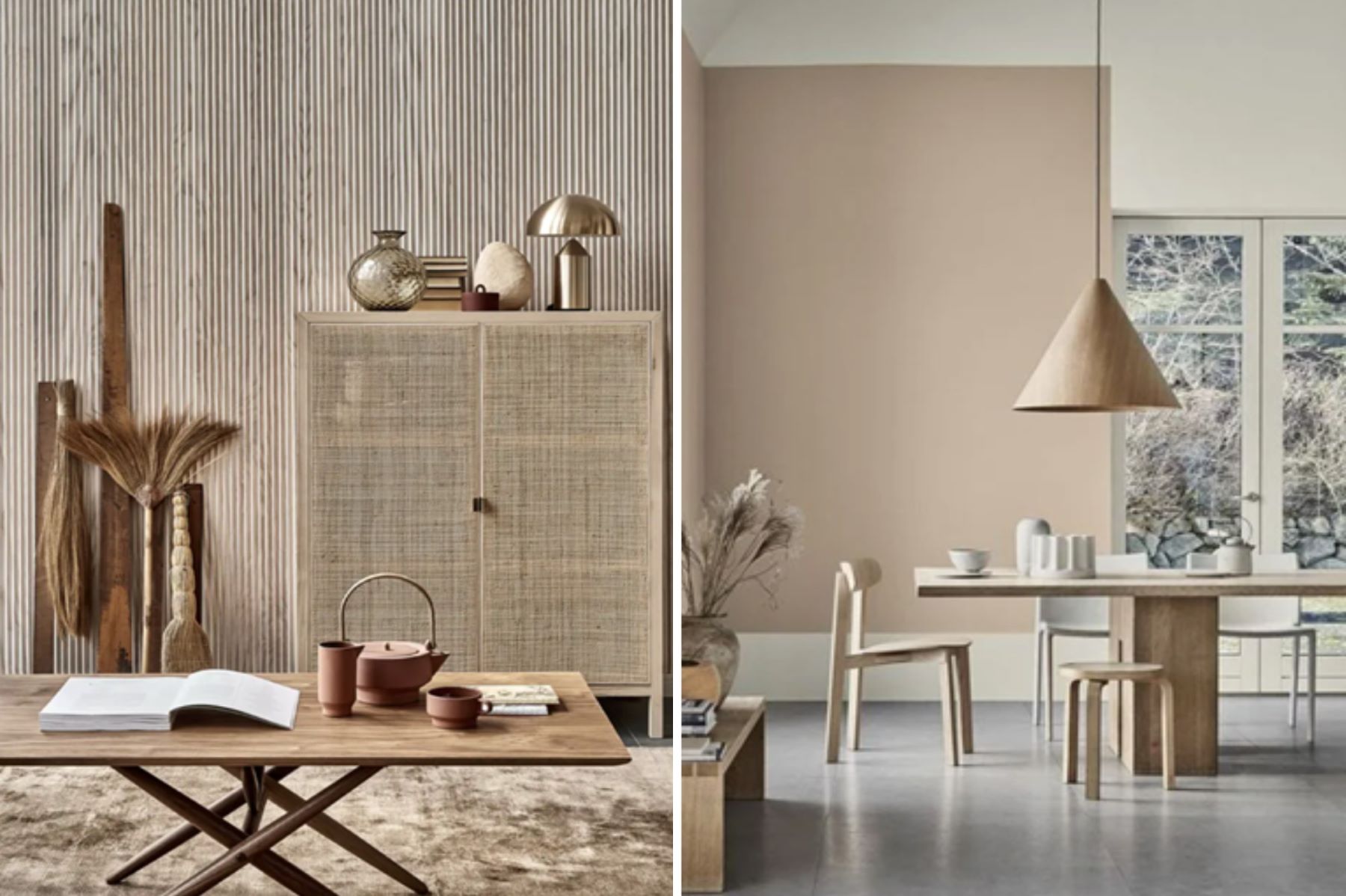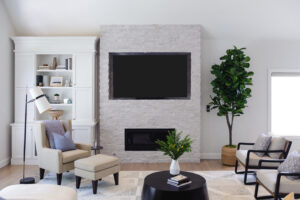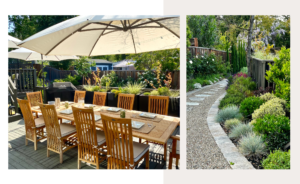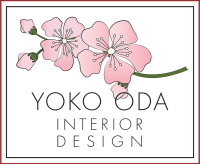As a Japanese interior designer living in California, I have always been fascinated by Japanese architecture and Scandinavian design. Even before “Japandi” became a popular trend, I often found myself creating “Japandi” style spaces when working on my clients’ projects. This style comes naturally to me – it is like East meets West. Today, I’m here to share with you everything you need to know about this unique style and solve the mystery of “Japandi.”
What is “Japandi”?
Japandi is a style that combines Japanese minimalism and Scandinavian functionality. It aims to create a deep connection with nature, a feeling of comfort, and a simple yet sophisticated atmosphere with calm and warmth throughout the design. It is a fusion of “Hygge” (the popular Scandinavian concept of coziness) and “Wabi Sabi” (the Japanese idea of beauty imperfection). The two ideas work perfectly together, which is why Japandi has become so popular over recent years. While you may not be familiar with this term just yet, you will no doubt recognize the style from the images shared here today.
Examples of Japandi Aesthetics
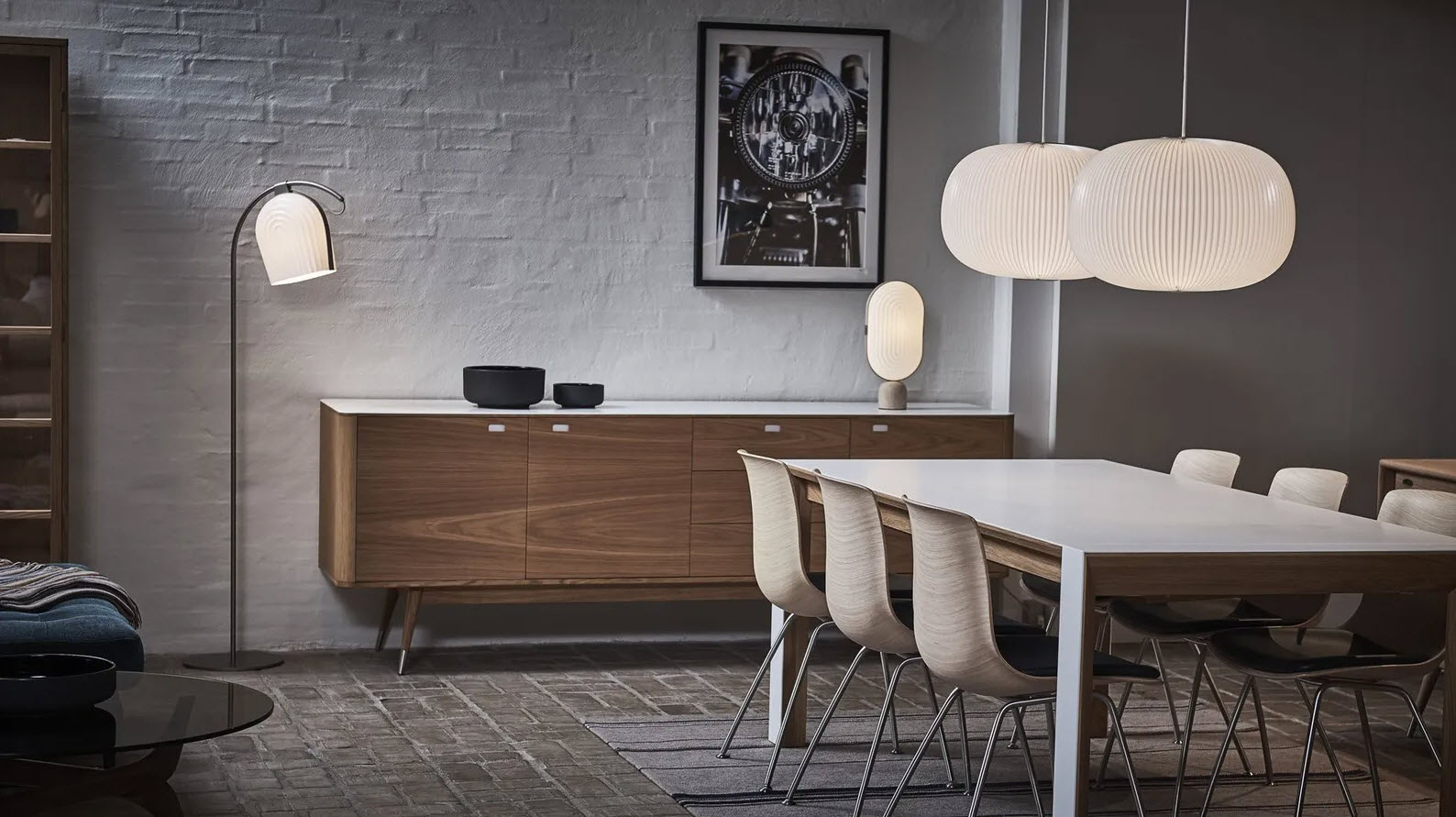
Image credit: BBC
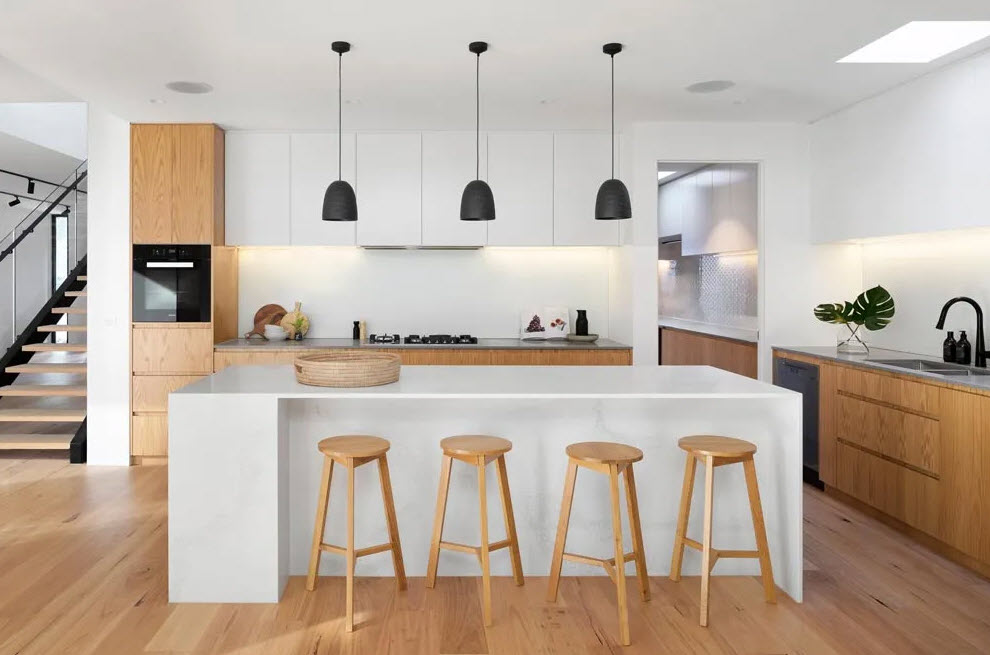
Image credit: Vevano
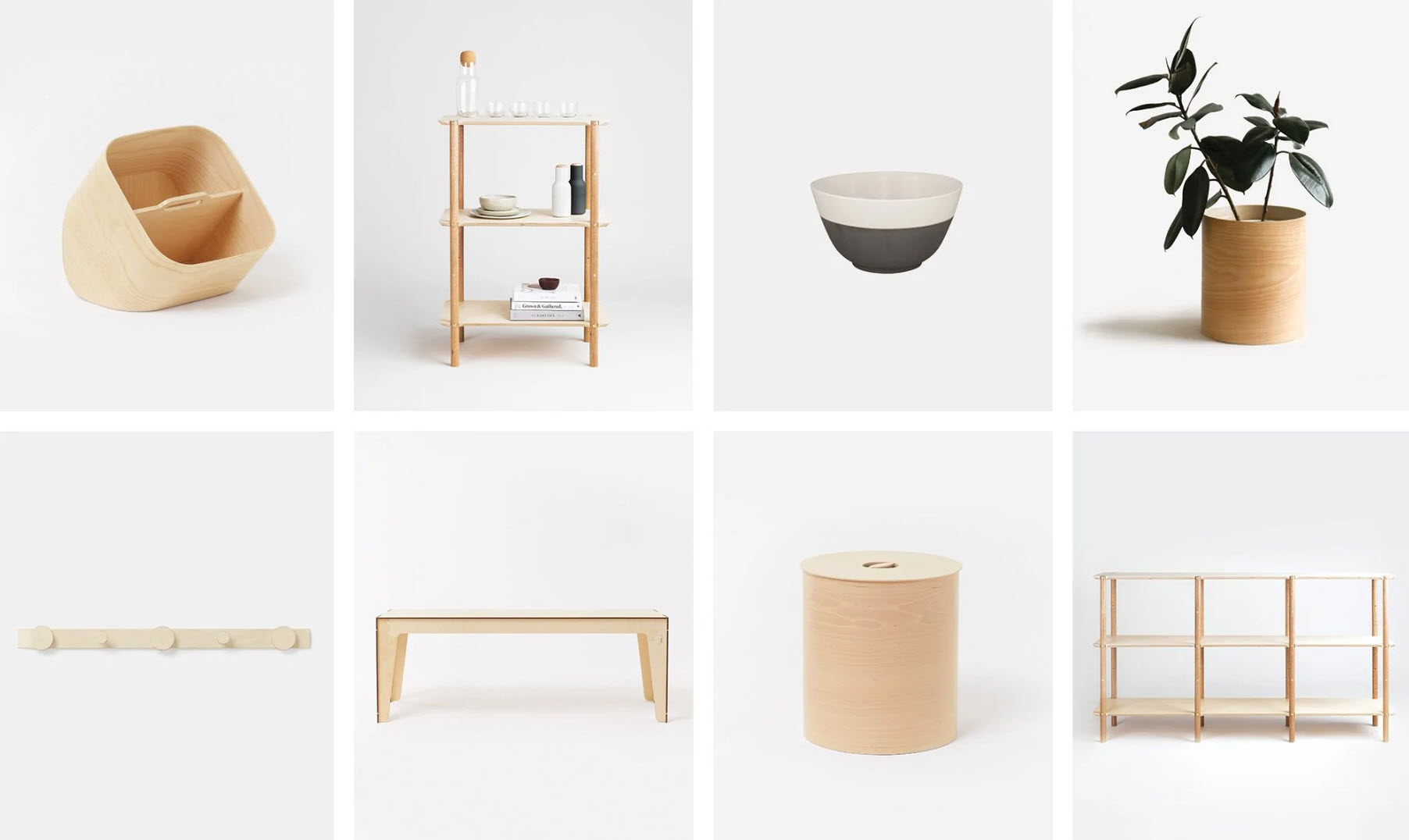
Image credit : Plyroom
The Unique Features of Japandi
1. One of the top advantages of Japandi is that it’s eco-friendly. The style respects and focuses on the beauty of the craftsmanship involved in the design, working to minimize its impact on the world around us.
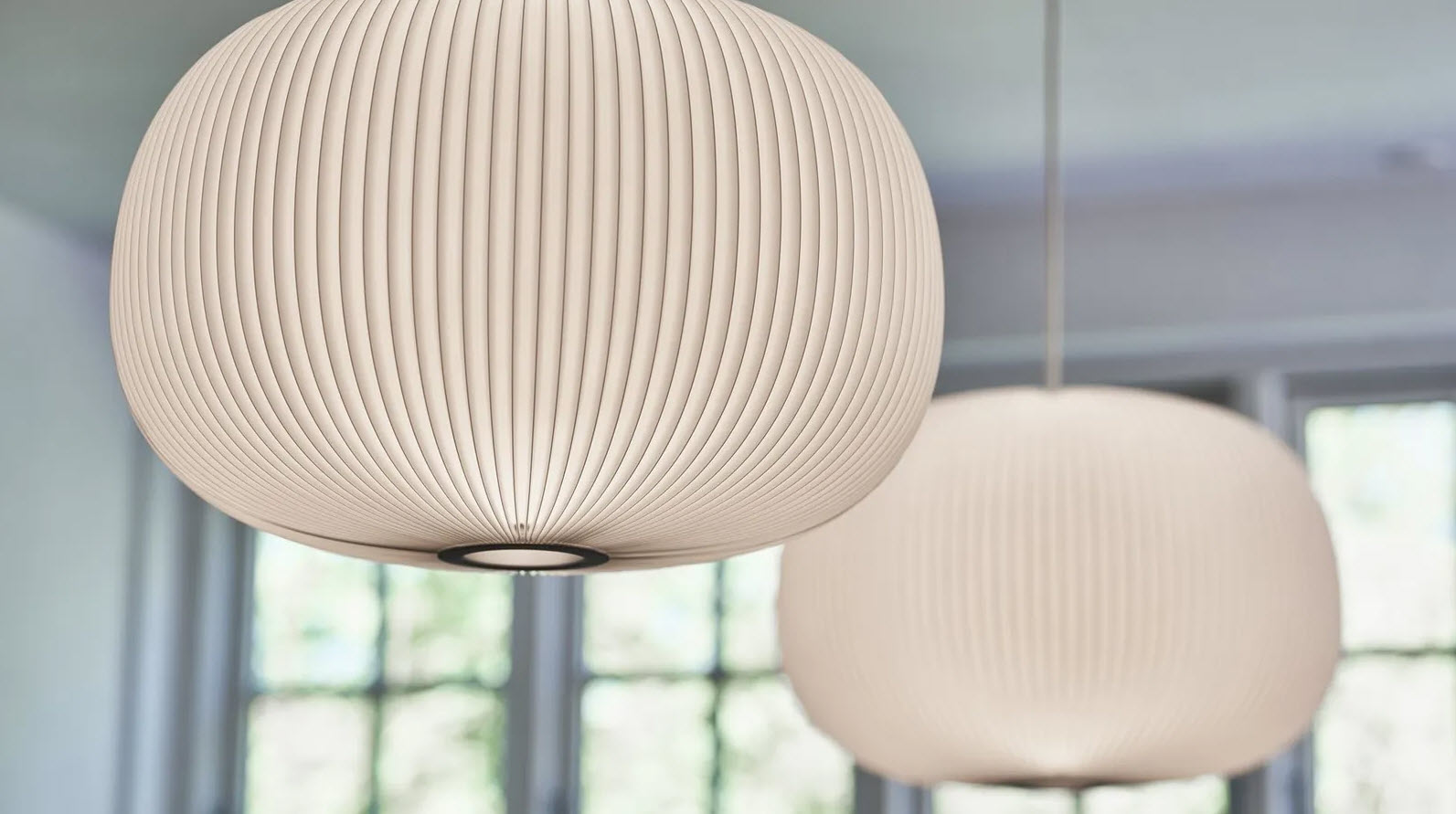
Image credit: BBC
2. As both Japanese and Scandinavian styles have reverence for nature, natural materials and element selections tie the home into the surrounding landscape.
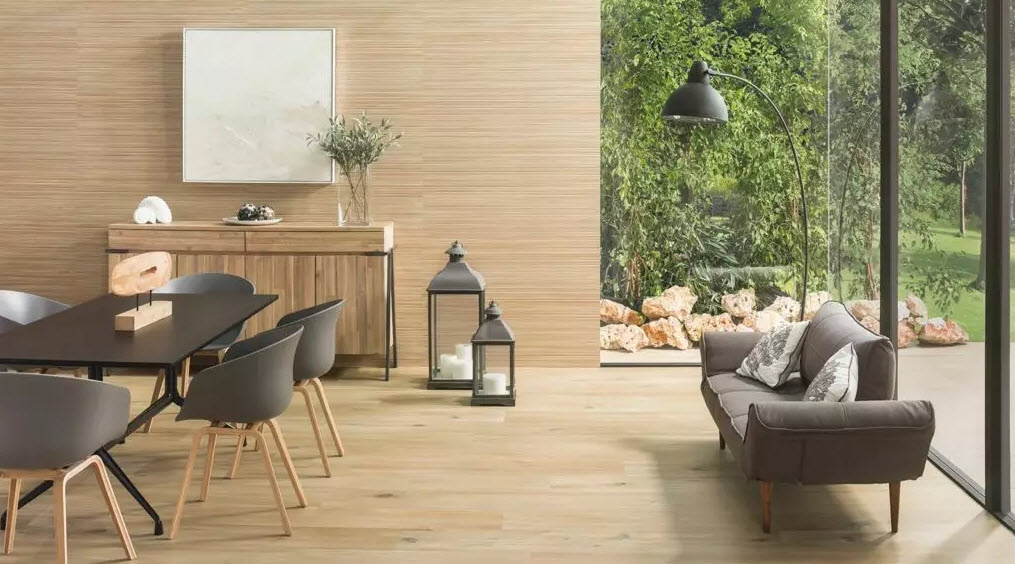
Image credit: Hackrea
3. Japandi typically uses neutral colors with one contrasting color. This color will stand out and add a dramatic touch to even the most minimalistic designs.
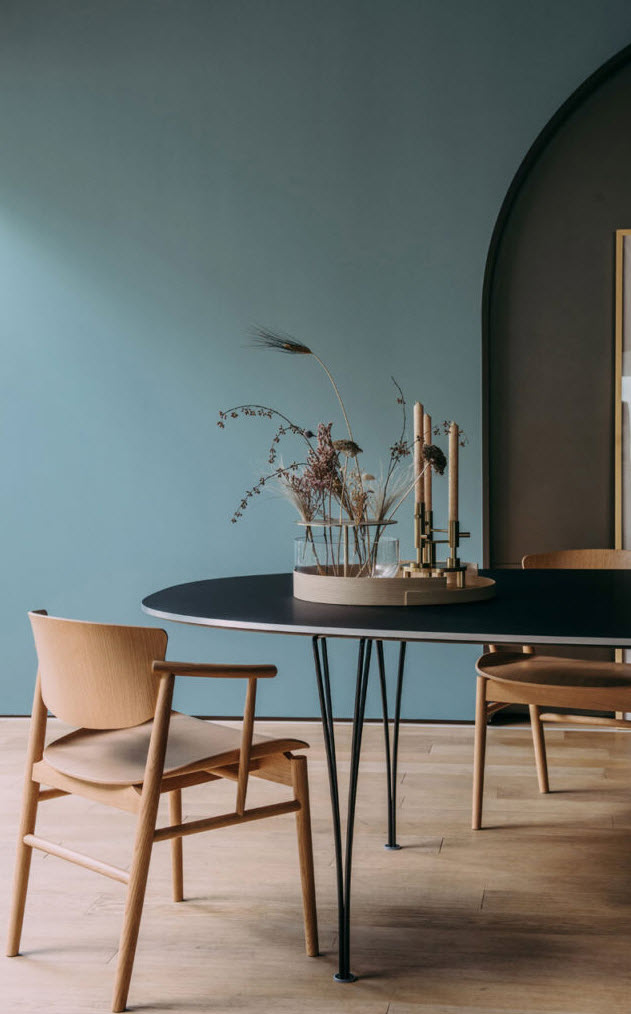
Image credit : Urbana Design
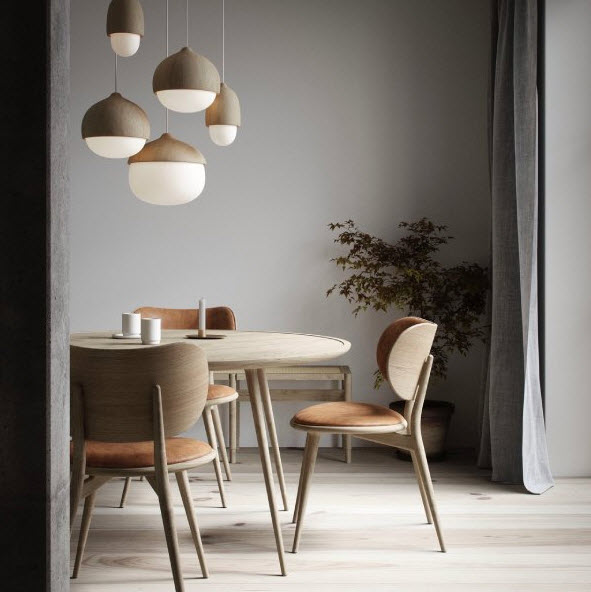
Image credit: Light Form
4. Clean lines and shapes are prominent within Japandi, helping to make homes look more aesthetically pleasing.
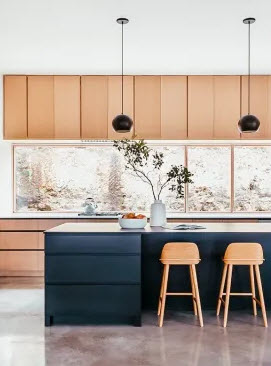
Image credit: ReDesign
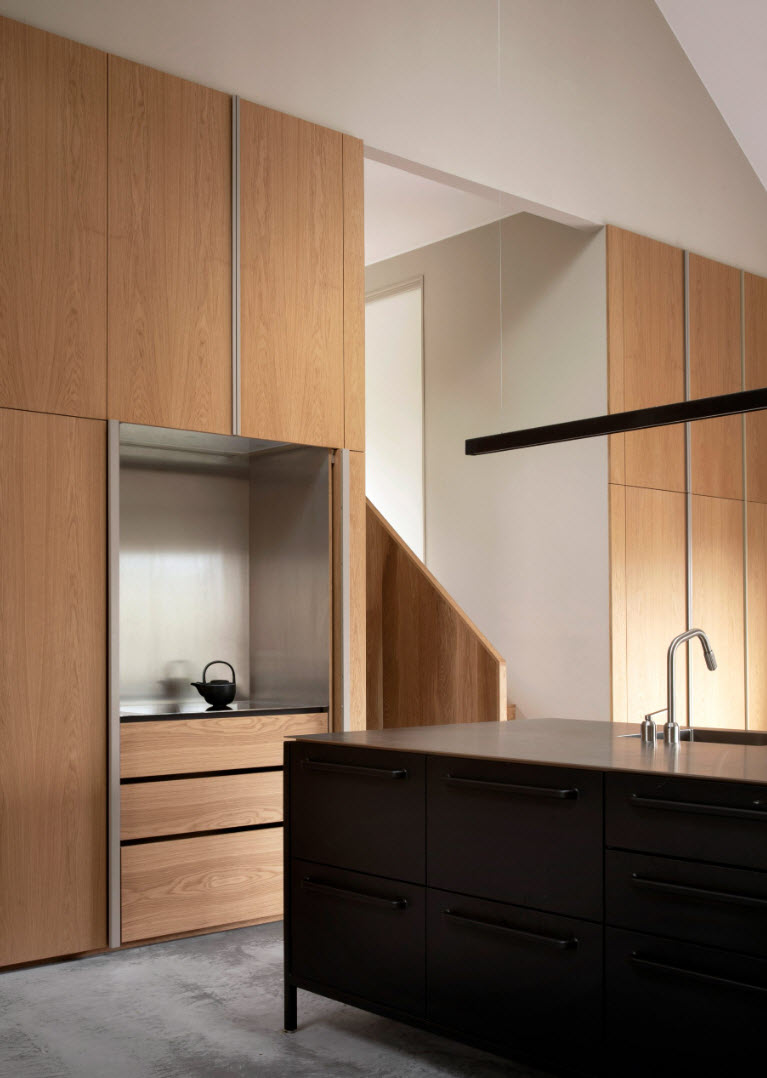
Image credit: Living in Design
Why is Japandi So Popular Now?
Since sustainability is one of the main focuses of the Japandi style, its popularity has increased as more consumers look for an eco-friendly aesthetic. Another reason is due to the recent COVID-19 pandemic, where we saw Japandi’s popularity grow exponentially. I believe people would like more connection to nature while spending an increased amount of time at home, especially during the lockdowns and quarantine periods.
How Can People Use This Style In Their Homes?
These are some of my top tips to help you incorporate the Japandi style into your home:
- Focus on purpose and functionality while reducing clutter in your space.
- Design your rooms with clean lines and open spaces.
- Focus on pieces that are sustainable and safe for the earth. Use organic elements including wood, bamboo, plants, and greenery.
- Choose handwoven and handcrafted decor, furniture, or accessories that last a longer time.
- Use a color palette combination of warm earthy tones (neutral, olive, sage, rust) and cooler tones (blue, white, and grays).
Works Cited:
Knierim, Ashley. “What Is Japandi?” The Spruce, 4 February 2022, thespruce.com/japandi-design-4782478.
Ehrlich Yanai Rhee Chaney Architects. “The Intersection of Japanese and Scandinavian Architecture + Design.” connect.eyrc.com/blog/japandi-design, Accessed 31 July 2022.
BBC. “The Rise of ‘Japandi’ Style.” bbc.com/future/article/20191018-the-rise-of-japandi-style, Accessed 31 July 2022.
Studio Covers. “How to Decorate the Japandi Way: Tips and Tricks for You.” 11 April 2021, studiocovers.co/blogs/main/the-japandi-way-how-to-guide.
I hope you now feel inspired and ready to incorporate this marvelous “Japandi” style in your home!
For more information on full-service interior design and remodeling services local to Walnut Creek, Lafayette, Orinda, Danville, CA, and beyond in the San Francisco Bay Area, reach out to Yoko today! Let’s embark on this transformative journey together.
*Featured image by Oishya
